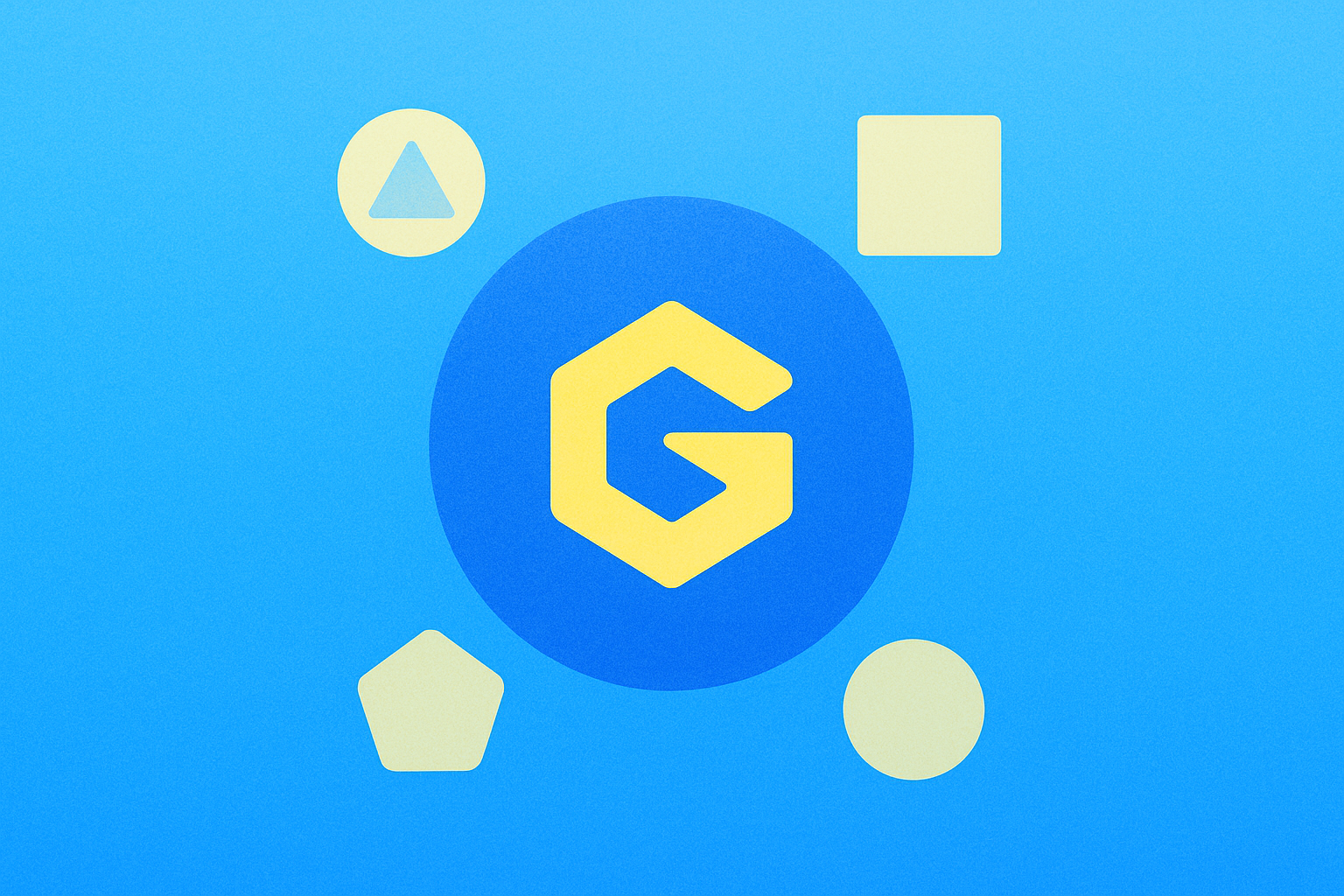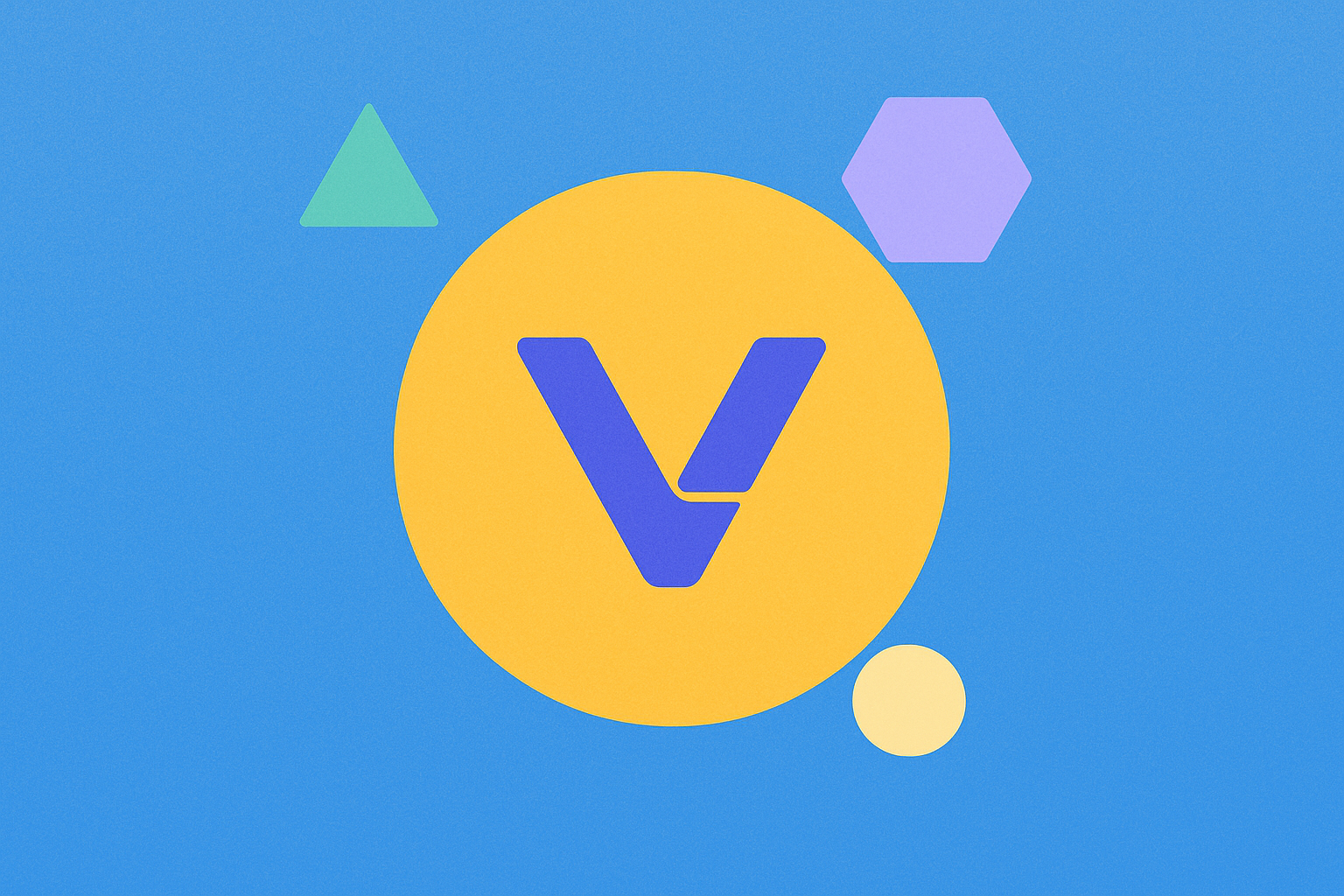Pazarlama çözümü


Marina Protocol ile Pazarlamada Devrim: Web3 Reklamcılığının Geleceği
Marina Protocol, Web3 pazarlama çözümleri alanında dönüştürücü bir rol üstlenerek, blokzincir projelerinin hedef kitlelerine erişirken karşılaştığı köklü sorunlara yenilikçi çözümler sunuyor. Merkeziyetsiz altyapıdan yararlanan Marina Protocol, reklamverenler ile yayıncıların doğrudan iletişim kurabildiği izinsiz bir ortam sağlıyor ve reklam kanallarına erişimi geleneksel olarak kontrol eden aracıları ortadan kaldırıyor. Bu doğrudan bağlantı, maliyetleri kayda değer biçimde azaltırken reklam sürecinde şeffaflığı artırıyor; verimli pazarlama kanalları arayan Web3 projeleri için önemli bir adım niteliği taşıyor.
Protokolün yenilikçi yaklaşımı, reklam gösterimi ve kullanıcı etkileşimini doğrulayan blokzincir tabanlı mekanizmaları içeriyor; bu sayede reklamverenler, geleneksel dijital reklamcılıktaki sahte tıklamalar veya izlenimlere karşı yalnızca gerçek etkileşimler için ödeme yapıyor. Doğrulama sistemi, pazarlama performansının ölçülüş ve ödüllendiriliş biçiminde büyük bir paradigma değişikliği getiriyor ve sektör analizlerine göre yıllık 35 milyar dolarlık reklam dolandırıcılığı sorununa çözüm üretiyor. Marina Protocol'ün akıllı sözleşme uygulamalarıyla ödeme süreçleri otomatikleşiyor; idari yük azalırken, reklam ekosisteminin iki tarafı için de sorunsuz bir ortam oluşuyor. Gate kullanıcıları, borsada listelenen blokzincir projeleri için şeffaf pazarlama fırsatları sunan bu ekosistemden özel olarak fayda sağlıyor.
Merkeziyetsiz Pazarlama Platformlarının Gücünü Açığa Çıkarmak
Blokzincir teknolojisiyle güçlendirilen merkeziyetsiz pazarlama platformları, reklamveren, yayıncı ve kitle arasındaki dengeleri temelden değiştirdi. Bu platformlar, pazarlama sürecine sınırlı katkı sağlarken yüksek değer elde eden geleneksel aracılara olan ihtiyacı ortadan kaldırıyor. Kontrolün ağ katılımcıları arasında paylaştırılmasıyla merkeziyetsiz platformlar, değerin doğrudan içerik üreticisi ve etkileşimde bulunanlara aktarıldığı daha adil sistemler oluşturdu. Pazar araştırmalarına göre, geleneksel dijital reklam kanalları pazarlama bütçelerinin yüzde 70’ine kadarını ücret ve aracı maliyetlerine ayırırken, merkeziyetsiz alternatiflerde bu oran çoğunlukla yüzde 15’in altına iniyor.
Marina Protocol’ün pazarlama özellikleri, merkeziyetsiz platformların temel ölçütlerde merkezi platformlardan üstün olduğunu gösteriyor. Protokolün token odaklı teşvik sistemi, yayıncıları kaliteli reklam alanları sağlamaları ve izleyicileri ilgili içerikle etkileşime geçmeleri için ödüllendiriyor; böylece reklam etkinliğinin sürekli arttığı, kendini besleyen bir ekosistem ortaya çıkıyor. Teşviklerin bu uyumu, geleneksel reklam ağlarında paydaşların sıkça çelişen hedeflerine karşı yapısal bir avantaj sunuyor. Zincir üstü veri analitiğinin entegrasyonu, kampanya performansına dair eşsiz içgörüler sağlayarak pazarlamacıların stratejilerini geleneksel sistemlerin ötesinde bir hassasiyetle optimize etmelerini mümkün kılıyor. Gate, bu platformların potansiyelini görerek çeşitli merkeziyetsiz pazarlama çözümleriyle entegre oldu; projeler böylece hem geleneksel hem de Web3 pazarlama kanallarını eşzamanlı kullanabiliyor.
| Özellik | Geleneksel Pazarlama Platformları | Merkeziyetsiz Pazarlama Platformları |
|---|---|---|
| Maliyet Yapısı | %30-70 aracıya gider | %5-15 platform ücreti |
| Veri Sahipliği | Platformlar tarafından kontrol edilir | Kullanıcılar ve reklamverenler tarafından sahiplenilir |
| Hedefleme Hassasiyeti | Çıkarıma dayalı veriler kullanılır | Doğrulanmış zincir üstü aktiviteye dayanır |
| Ödeme Mutabakatı | 30-90 gün | Akıllı sözleşme ile anında |
| Dolandırıcılık Önleme | Tepkisel yaklaşımlar | Proaktif blokzincir doğrulaması |
Blokzincir Girişimcileri için Kripto Pazarlama Stratejilerinde Ustalık
Blokzincir girişimcileri, hedef kitlelerinin ve teknolojik ekosistemlerinin özgün gereksinimlerine yanıt verecek özel kripto pazarlama stratejilerine ihtiyaç duyar. Başarılı Web3 projeleri, topluluk oluşturmanın etkili pazarlamanın özü olduğunu ve sadece ek bir unsur olmadığını bilir. En başarılı blokzincir projeleri, pazarlama bütçelerinin yaklaşık yüzde 30’unu topluluk geliştirme girişimlerine ayırıyor; çünkü aktif topluluk üyeleri, ücretli reklamdan çok daha etkin biçimde pazarlama mesajlarının yayılmasını sağlıyor. Bu yaklaşım, geleneksel ürünlerde yaygın olan işlem odaklı pazarlama yöntemlerinin yerine, özgün ilişki kurmaya öncelik tanıyor.
Web3 reklam çözümleri, kripto para topluluklarında yaygın olan ileri teknik bilgi düzeyi ve şüpheciliği göz önünde bulundurmalı. Derin teknik bilgi sunan eğitici içeriklere odaklanan içerik pazarlaması, blokzincir kampanyalarında etkileşim ölçütlerinde promosyon içeriklerine göre yüzde 250 daha iyi performans gösteriyor. Marina Protocol’ü kullanan projeler, teknik yol haritalarını ve geliştirme güncellemelerini şeffaf biçimde paylaşmanın; FOMO ya da fiyat spekülasyonunu öne çıkaran geleneksel yaklaşımlardan çok daha fazla etkileşim sağladığını gözlemledi. Bu durum, blokzincir alanında pazarlama abartısından öte, içeriğin değerini ön plana çıkarıyor. Gate, birçok projeye, düzenleyici uyumu koruyarak ileri düzey kripto kitlesine hitap eden kapsamlı içerik stratejileri geliştirmelerinde destek oldu.
Dijital Reklamcılığın Dönüşümü: Marina Protocol’ün Oyun Değiştiren Özellikleri
Marina Protocol gibi blokzincir tabanlı pazarlama araçları, dijital reklamcılık ekosistemindeki köklü sorunlara yenilikçi çözümler sunuyor. Protokolün merkeziyetsiz kimlik çözümü, kullanıcı gizliliğinden ödün vermeden hassas kitle hedeflemesi sağlıyor; bu, veri koruma düzenlemelerinin arttığı ve tüketicilerin gözetim kapitalizmine karşı endişe duyduğu bir çağda kritik öneme sahip. Kullanıcıların yalnızca ilgili niteliklerini seçerek açıklamasına ve anonim kalmasına imkân tanıyan Marina, bireysel gizliliği koruyan ve yüksek derecede ilgili reklam deneyimleri sunan rıza temelli bir pazarlama ortamı oluşturuyor. Bu yaklaşım, ilk uygulama analizlerinde çerez tabanlı hedeflemeye göre yüzde 40 daha yüksek etkileşim oranı sağladı.
Marina Protocol’ün token ekonomisi, ekosistemdeki paydaşların teşviklerini uyumlu hale getiren deflasyonist mekanikler içeriyor. Yönetime katılan token sahipleri, protokol gelişimine yön verebilirken ağın büyümesinden değer elde ediyor; böylece geleneksel reklam platformlarının erişemediği sürdürülebilir bir ekonomik model oluşuyor. Protokolün çapraz zincir uyumluluğu sayesinde, pazarlama kampanyaları tercih edilen blokzincir ekosisteminden bağımsız olarak kitlelere ulaşabiliyor; böylece önceki Web3 pazarlama girişimlerinde yaşanan bölünmeler ortadan kalkıyor. Bu birlikte çalışabilirlik, köprü teknolojileriyle geleneksel web platformlarına uzanıyor ve kampanyaların hem Web2 hem de Web3 ortamlarında tutarlı mesajlaşmasını mümkün kılıyor. Gate’in Marina Protocol entegrasyonu, projelerin birden fazla blokzincir ekosistemine sorunsuz şekilde kampanya yaymasını sağlıyor ve farklı kripto para topluluklarında kapsamlı pazarlama erişimini maksimize ediyor.

Pi Network'un 2025 yılında Avrupa Birliği'nde listelemeler için MiCA uyumluluğu yolculuğu

2030 yılında Common (COMMON) açısından düzenleyici uyum riskleri nelerdir?

1EARTH nedir: Çevresel sürdürülebilirliği hedefleyen devrim niteliğinde bir blockchain platformu

Kripto topluluğu ve ekosistem katılımı nasıl ölçülür?

Kripto para birimlerinde Sybil saldırılarına karşı korunma yöntemlerini anlamak

İşletmeler için güvenli ve ölçeklenebilir kurumsal Blockchain çözümleri

VON nedir: Ağ Üzerinden Ses Teknolojisi Hakkında Kapsamlı Bir Rehber

GAFI nedir: Küresel Kara Para Aklamayı Önleme Mali Eylem Görev Gücü’ne Kapsamlı Bir Rehber

Pudgy Penguins NFT’leri İçin Nihai Rehber: Tüm Detaylar ve Bilmeniz Gerekenler

Chubby Penguins: 12 ayda bir milyon peluş oyuncak satışı gerçekleşti!

Pudgy Penguins (PENGU) Satın Alma Kolay Rehberi







